An information sheet highlighting the similarities and differences between reptiles and amphibians.
Information on sheet includes:
Metamorphosis:
Amphibians go through metamorphosis. They begin life in the water breathing through gills and develop lungs later in life.
Reptiles do not go through metamorphosis. When they are born they look like a miniature version of an adult.
Habitat:
Amphibians are born in the water. When they grow they develop lungs and can go on
land. They need to live in or near water to keep their skin from drying out.
Reptiles are born on land. Reptiles like snakes and lizards live in forests and deserts. Others live near or in the water, like crocodiles and turtles.
Eggs:
Amphibians have soft jelly-like eggs that are usually found in water.
Reptile eggs are leathery and are laid on land. Some reptiles store their eggs inside their
bodies until they hatch.
Skin:
Amphibians have moist, smooth skin and are sticky to touch.
Reptiles have dry skin that is covered in scales.
Feet:
Amphibians have webbed feet and don’t have any toenails.
Reptiles have toenails or claws.
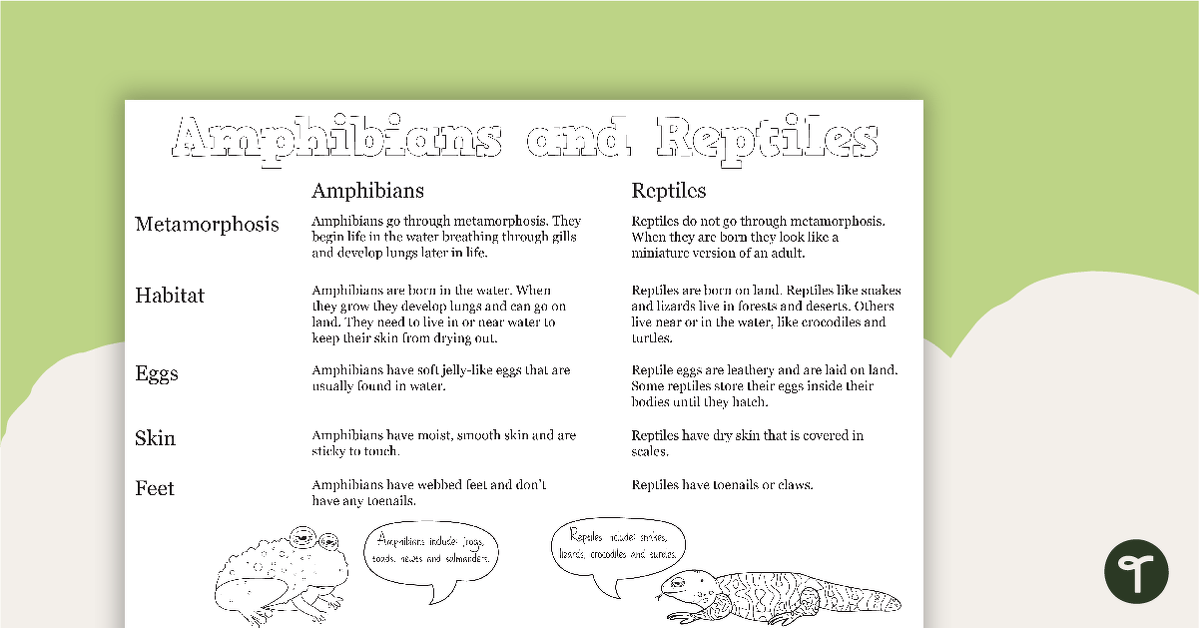


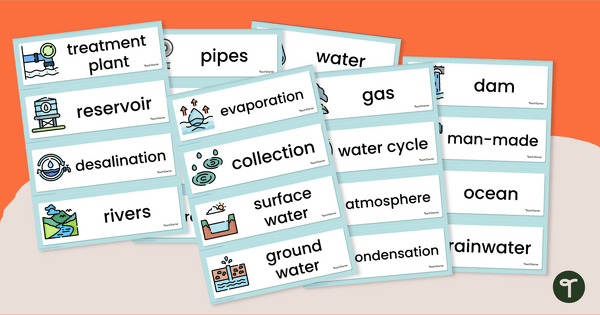
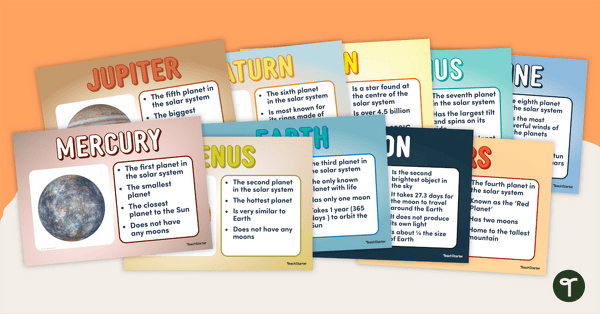
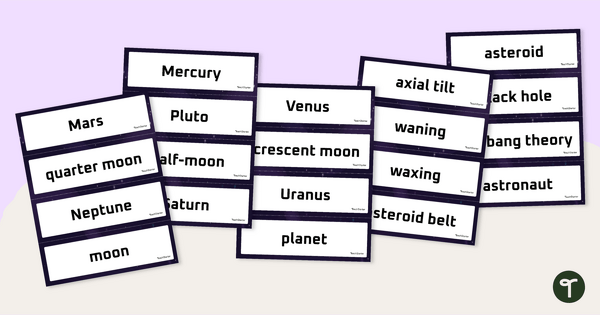
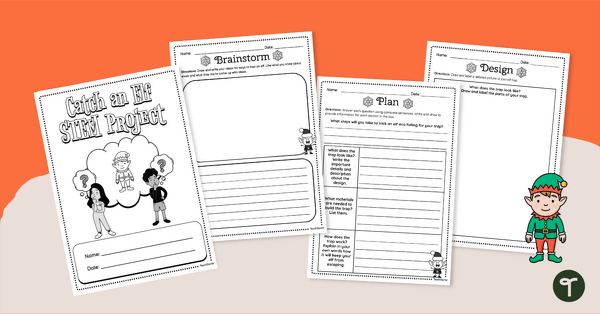

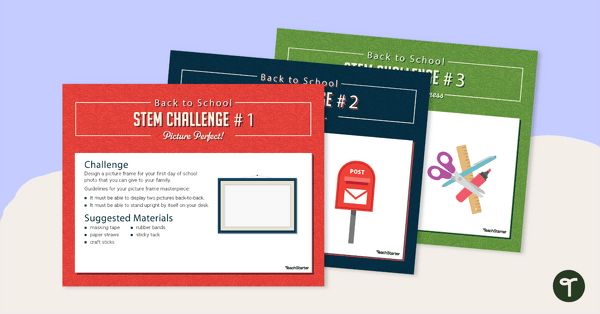
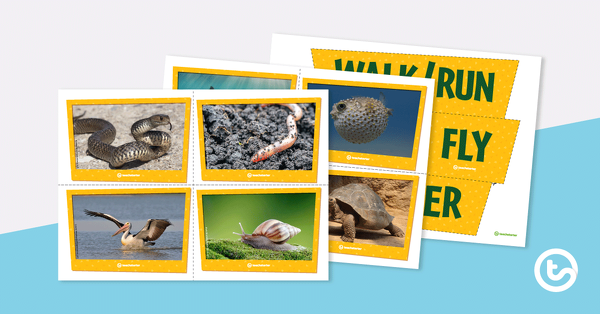
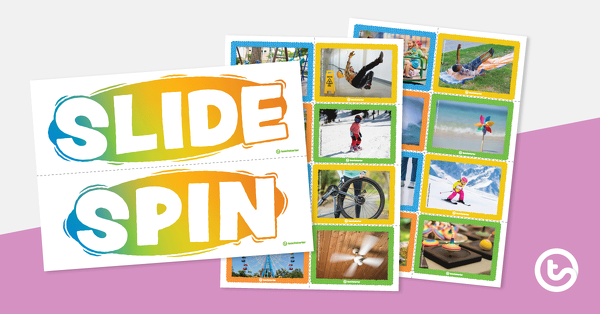

0 Comments
Write a review to help other teachers and parents like yourself. If you'd like to request a change to this resource, or report an error, select the corresponding tab above.